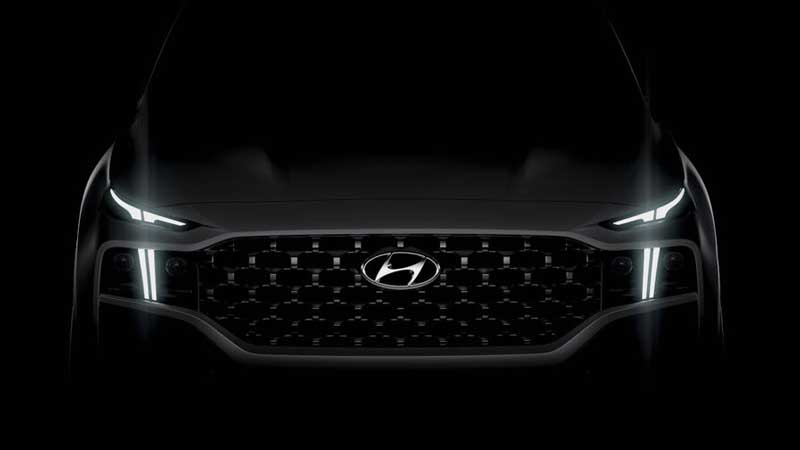South Korean automaker Hyundai Motor Group will reportedly halt development of new diesel engines as part of the group’s larger initiative to transition to EVs and hydrogen fuel cell EVs and reduce the company’s reliance on fossil fuel-powered internal combustion engine (ICE) vehicles.
According to local media reports and industry sources speaking Wednesday, Hyundai Motor Group will suspend development of new diesel engines from the second half of 2021. According to a source speaking to the Korea Times, Hyundai will “continue assembling diesel vehicles for a while and make improvements to existing engines, the bottom-line strategy is to phase them out.”
“It is a global automotive trend to stop developing new diesel engines,” a source said, speaking to the Korea Times reporter Nam Hyun-woo.
“However, this does not mean that Hyundai will end diesel vehicle production immediately, and the group will release updated versions of existing engines for a while.”
Hyundai currently has four different diesel engines for its passenger vehicles – including the U for the i30, R for the Santa Fe, A for the Starex, and S for the Veracruz – as well as another three for commercial vehicles. In Australia, both Hyundai and subsidiary brand Kia use these engine families across their passenger, SUV, and commercial vehicle ranges.
The move follows Hyundai Motor’s recent reorganisation of the powertrain research and development teams at its Namyang R&D Center, moving away from powertrain R&D teams based on type – such as gasoline and diesel – and moving them towards vehicle segments.
According to sources speaking to Korea Times, this means that Hyundai will move away from developing engines based on fuel types – starting with diesel engines – and focus instead on electric drivetrains.
However, as reported elsewhere, Hyundai will not yet cease developing gasoline engines, tied in as they are to the company’s hybrid and plug-in hybrid development.
However, at an investor event in December, Hyundai noted that it would stop selling combustion engine vehicles in the US, Europe, China, and other major markets by 2040 – much too late, but as we have seen with many other companies, these long-term goals often receive dramatic modification as market pressures dictate.
According to Korea Times reporter Nam Hyun-woo, while the retirement of diesel engines at Hyundai was long expected, the decision to switch off development came sooner than thought.
Given the company’s line-up of commercial vehicles, all of which are reliant on the high torque and low fuel prices of diesel engines, many thought that it would take longer for Hyundai to ditch diesel. However, following the positive responses to the Porter 2 Electric truck and the Xcient Fuel Cell truck in 2020, it looks as if Hyundai sees a better path forward.
Hyundai shipped the first 10 units of its new Hyundai Xcient hydrogen-powered trucks to Switzerland in July 2020, the first of 50 that Hyundai was reported to ship to Switzerland in 2020, and the beginning of a total of 1,600 Xcient Fuell Cell trucks the company expects to ship by 2025.
“Xcient Fuel Cell is a present-day reality, not as a mere future drawing board project,” said In Cheol Lee, Executive Vice President and Head of Commercial Vehicle Division at Hyundai Motor, speaking in July.
“By putting this groundbreaking vehicle on the road now, Hyundai marks a significant milestone in the history of commercial vehicles and the development of hydrogen society.
“Building a comprehensive hydrogen ecosystem, where critical transportation needs are met by vehicles like Xcient Fuel Cell, will lead to a paradigm shift that removes automobile emissions from the environmental equation.”
This was followed up in October by a digital launch for the truck and the unveiling of Hyundai’s roadmap for fuel cell mobility.
Joshua S. Hill is a Melbourne-based journalist who has been writing about climate change, clean technology, and electric vehicles for over 15 years. He has been reporting on electric vehicles and clean technologies for Renew Economy and The Driven since 2012. His preferred mode of transport is his feet.

